“We are one step closer to a greener and climate-friendlier food production.”
That is the assessment from Kasper Røjkjær Andersen and Simona Radutoiu, both professors of molecular biology at Aarhus University in Denmark.
The two researchers led a study titled, Two residues reprogram immunity receptors for nitrogen-fixing symbiosis, where they discovered an important key to understanding how we can reduce agriculture’s need for artificial fertilizer.
Plants need nitrogen to grow, a nutrient that most crops solely get from fertilizer. Only a few plants, such as peas, clover, and beans, can manage without it. They live in symbiosis with special bacteria that convert nitrogen from the air into a form that the plant can use.
Today, researchers around the world are striving to understand the genetic and molecular mechanisms behind this special ability, so that it one day may be transferred to crops such as wheat, barley, and maize.
This would make the plants self-sufficient in nitrogen and thus reduce the need for artificial fertilizer, which currently accounts for about two percent of the world’s total energy consumption and emits large amounts of CO2.
The researchers from Aarhus University have identified the small changes in the plants’ receptors that cause them to switch-off the immune system and allow a symbiosis with nitrogen-fixing bacteria.
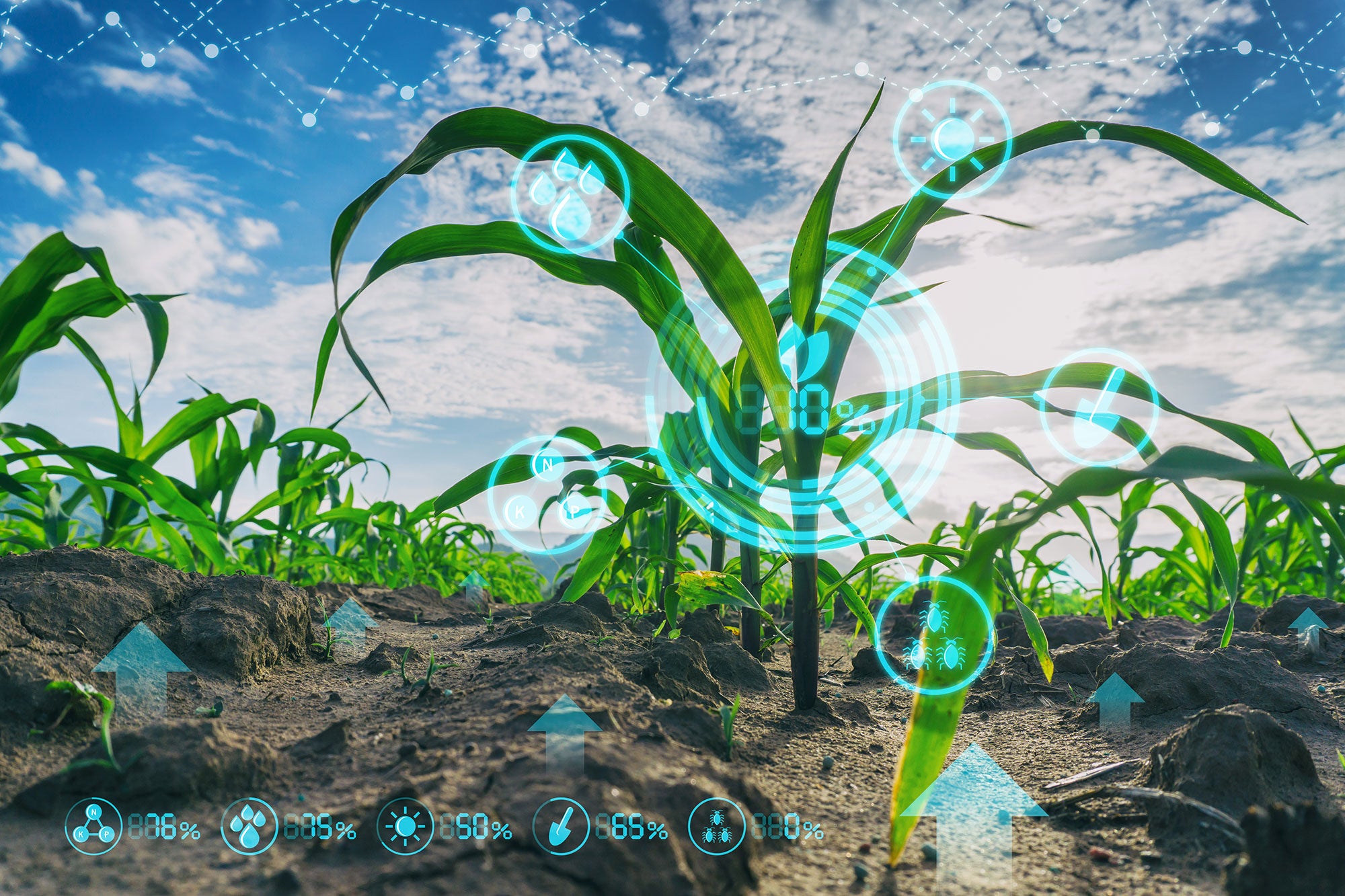
Friend or foe?
Plants use receptors on the surface of their cells to pick up signals from microorganisms in the soil.
Some bacteria emit a chemicals which signal that they are “enemies” and that the plants need to defend themselves. Others are “friends” that help provide nutrition.
Legumes, such as peas, beans, and clover, invite special bacteria into their roots. Here, the bacteria convert nitrogen from the air and pass it on to the plant. This cooperation is called symbiosis, and it is the reason why legumes can grow without artificial fertilizer.
The researchers from the Aarhus University discovered that this ability is largely controlled by two amino acids — two small “building blocks” of a protein in the plants’ roots.
“This is a remarkable and important finding,” Radutoiu points out.
The protein in the roots functions as a “receptor” that receives signals from the bacteria. It decides whether the plant should sound the alarm (immune system) or welcome the bacteria (symbiosis).
The researchers found a small area in the protein, which they have called Symbiosis Determinant 1. The area acts as a kind of switch that determines which message is sent inside the plant cell.
By changing just two amino acids in this switch, the researchers could get a receptor that normally triggers an immune response to instead start symbiosis with nitrogen-fixing bacteria.
“We have shown that two small changes can cause plants to alter their behavior on a crucial point – from rejecting bacteria to cooperating with them,” Radutoiu explains.
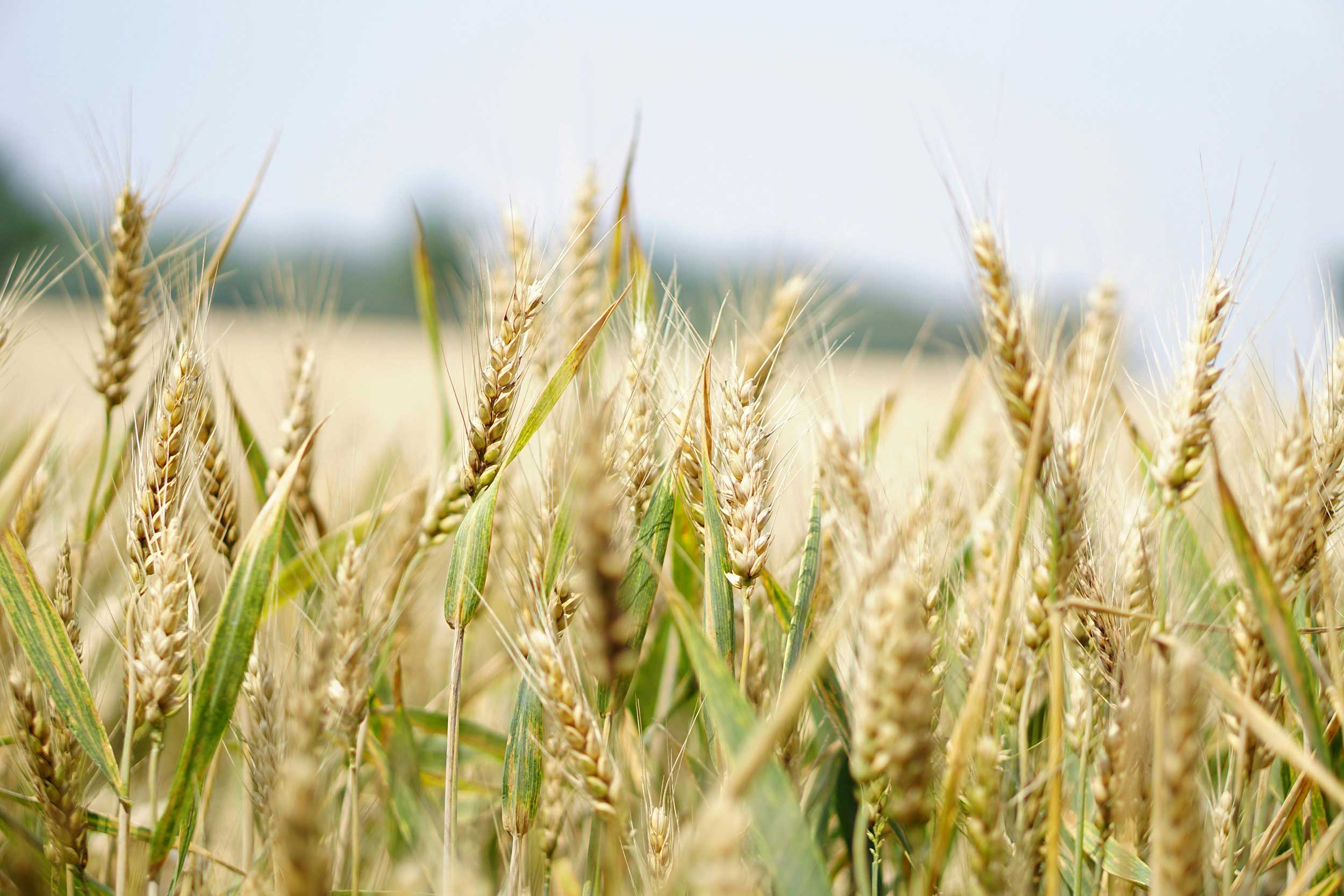

Possible in wheat, barley, and maize?
In the laboratory the researchers successfully modified the plant Lotus japonicus. But the same principle proved to apply in barley.
“It is quite remarkable that we are now able to take a receptor from barley, make small changes in it, and then nitrogen fixation works again,” says Andersen.
And the perspectives are big. If the modification can be transferred to other crops, eventually it may be possible to breed cereal plants such as wheat, maize, or rice with the ability to fix nitrogen themselves – just as legumes do today.
“But we have to find the other, essential keys first,” says Radutoiu, adding, “Only very few crops can perform symbiosis today. If we can extend that to widely used crops, it can really make a big difference on how much nitrogen needs to be used.”


:max_bytes(150000):strip_icc()/china-america-flags-1-2000-ef792f3551ca4afdb85bb499e24dbdc4.jpg)
:max_bytes(150000):strip_icc()/nunn.11.4-2048x1536-29a1ae945e3947bb8ee2cac3edc59b6c.jpg)
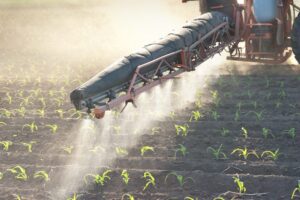


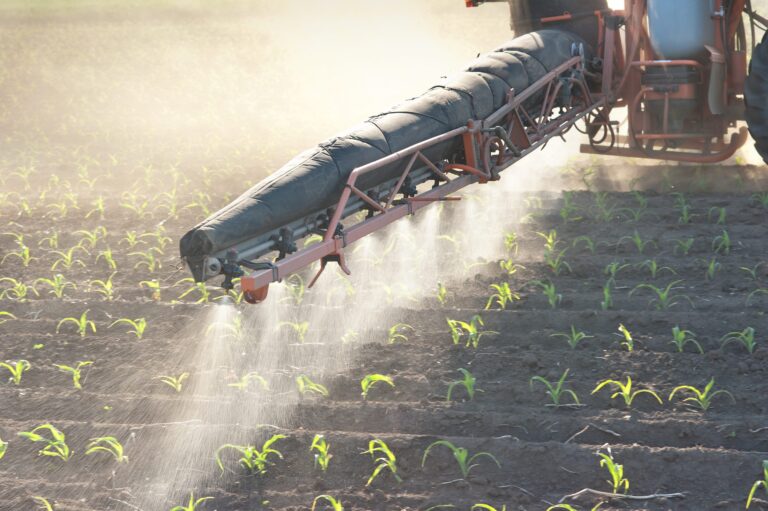
:max_bytes(150000):strip_icc()/Markets-10-Corn-up-soybeans-up-4-0bd38ef2900043e5b0e5c921115c15be.jpeg)
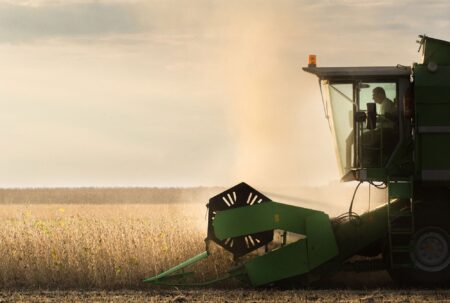
:max_bytes(150000):strip_icc()/102002175_soybeans-997c7582d12d4962b1af64e7a1885a46.jpg)
